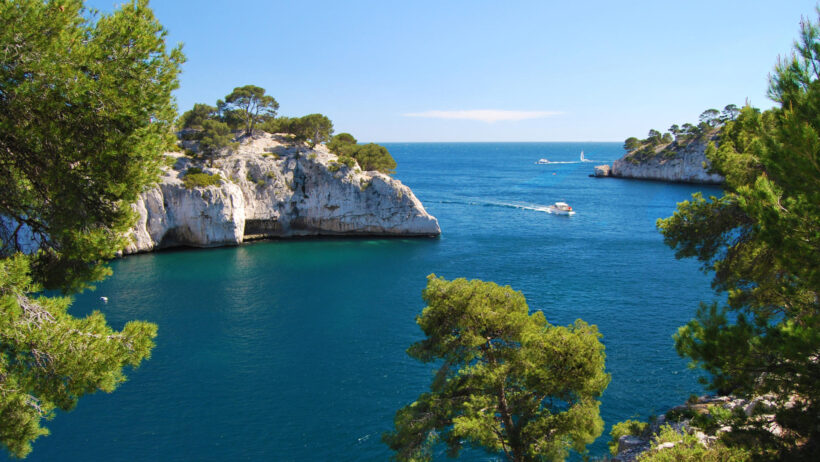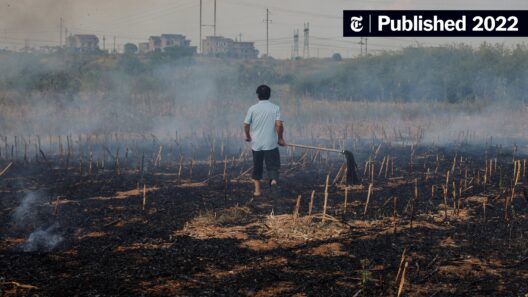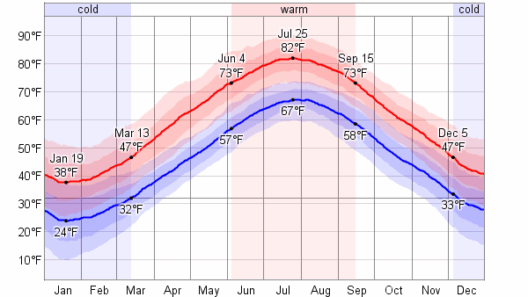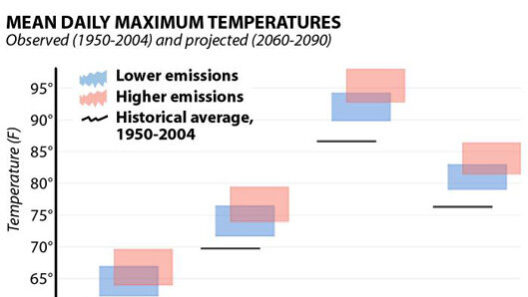The climate of France is as diverse and nuanced as the country itself, embodying a remarkable tapestry woven from various geographical, meteorological, and seasonal threads. This geographical diversity gives rise to an array of climates within the nation, offering a unique perspective on weather patterns and their implications on lifestyle, agriculture, and ecology. To explore the multifaceted nature of France’s climate, one must traverse its various regions, each contributing distinct characteristics.
1. Mediterranean Climate: A Southern Embrace
Southern France is predominantly characterized by a Mediterranean climate, which is marked by hot, dry summers and mild, wet winters. The coastal region, including the iconic French Riviera, exemplifies an enviable weather pattern that attracts tourists and residents alike. This climate, with its abundant sunshine, cultivates lush vineyards and olive groves, contributing to the region’s renowned wine production and culinary scenes.
The city of Nice, for example, experiences average temperatures that hover around 86°F (30°C) in summer, making it a prime destination for sun-seekers. Winters, although cooler, rarely see temperatures dip below 40°F (4°C), which allows for a relatively mild lifestyle year-round. However, the climatic delight is threatened by climate change, which is manifesting through more extreme weather events, such as heatwaves and unpredictable rainfall patterns, prompting a reconsideration of sustainable practices in agriculture and tourism.
2. Oceanic Climate: A Western Influence
Traveling northwest, the climate shifts into an oceanic weather pattern, characterized by moderate temperatures and significant precipitation throughout the year. This region, which encompasses Brittany and Normandy, experiences cool summers and mild winters, with average summer temperatures lingering around 68°F (20°C). The proximity to the Atlantic Ocean serves as a buffer, resulting in less temperature variability.
Rivers and lush landscapes flourish under this climate, creating an idyllic setting for dairy farming and agriculture. However, the region must contend with the challenges posed by rising sea levels and increased storm intensity, jeopardizing coastal communities and agricultural viability. Efforts to mitigate the effects of climate change have become essential to maintaining the vitality of this region.
3. Continental Climate: The Heartland’s Rigor
As one moves inland, the climate transitions to a continental type, characterized by more extreme temperature variations between seasons. This climate covers much of central and eastern France, including cities like Lyon and Strasbourg. Summers can be sweltering, with temperatures soaring to around 90°F (32°C), while winters may exhibit frost and snow, with temperatures dipping to as low as 25°F (-4°C).
This stark contrast fosters an environment ripe for agriculture, particularly for grains and root vegetables. The diverse climate also supports the varied cultural landscapes found throughout these regions. However, the challenges posed by an erratic climate, including heatwaves and unexpected snowfalls, necessitate a reevaluation of agricultural practices to ensure sustainability and resilience.
4. Alpine Climate: The High Altitudes
In sharp contrast, the French Alps present an alpine climate, where altitude plays a pivotal role in determining the weather patterns. This region is characterized by heavy snowfall in winter and cool summers, making it a prime location for ski resorts and summer hiking. The peaks can remain blanketed in snow for much of the year, contributing to stunning landscapes that draw outdoor enthusiasts.
However, even this seemingly stable climate is not impervious to change. Climate change has begun to alter snow patterns and shorten seasons, impacting both ecosystems and local economies reliant on winter tourism. A commitment to sustainable tourism and environmental stewardship is essential to preserve this unique climate and its associated biodiversity.
5. The Impact of Climate Change: A Collective Responsibility
The array of climates across France presents a microcosm of global climatic concerns. While each region boasts its own unique weather patterns, climate change indiscriminately affects them all. Increased temperatures, shifting precipitation patterns, and the frequency of extreme weather events pose significant threats to agriculture, biodiversity, and the overall well-being of the population.
The urgency of addressing climate change cannot be overstated. Communities across France are rising to the occasion, implementing sustainable practices that mitigate the impact of climate change. From reforming agricultural techniques to promote ecological farming to investing in renewable energy sources, there is a concerted effort to harmonize human activity with environmental stewardship.
6. Conclusion: Embracing Climate Diversity for a Sustainable Future
France’s climate is a reflection of its geographical diversity, rich cultural heritage, and the intricate relationship between man and nature. Each climate type contributes to the collective identity of the nation while also presenting unique challenges shaped by environmental change. Understanding and appreciating this diversity fosters a shift in perspective, enticing individuals to engage with and advocate for sustainable practices. As climates evolve, so too must our awareness and commitment to preserving the rich tapestry of France’s environment, ensuring a resilient and vibrant future for generations to come.








